
Thai Silk: A Royal Legacy
‘Make them, and I will wear them’: How Her Majesty Queen Sirikit turned humble weaves into global treasure
Words: Pinanong Panchuen & Anutra Ungsuprasert
Photos: Facebook page: HRH Princess Sirivannavari Nariratana Rajakanya, Queen Sirikit Museum of Textiles, Royal Thai Embassy, London UK, Seri Kantajai, Jim Thompson, and Shutterstock
Thai silk is far more than an elegant textile – it is the beating heart of a centuries-old craft deeply intertwined with Thailand’s cultural identity. This lustrous fibre, with its intricate patterns and vibrant hues, embodies not just the dedication of skilled artisans but the enduring vision of Her Majesty Queen Sirikit The Queen Mother. Her lifelong commitment to preserving and promoting Thai silk has transformed this humble fabric into an internationally admired treasure – and one that continues to shape the nation’s creative spirit.
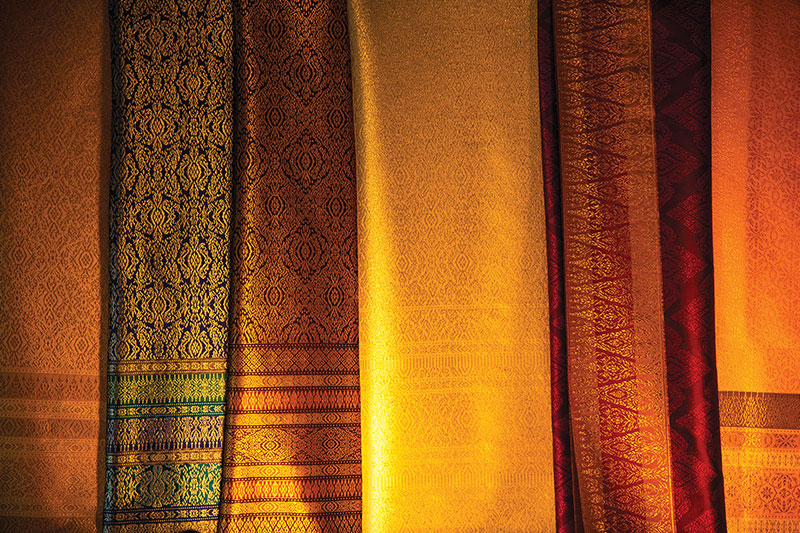
Mudmee’s Journey to the Throne
Long before Thai silk graced the world’s catwalks and royal wardrobes, it was a simple yet dignified part of everyday life in rural communities. Mudmee silk, or tie-dyed silk, has long been woven into sarongs and skirts by villagers in the Northeast. Each piece bears hallmarks unique to the local culture, with patterns often passed down from mother to daughter.
In 1970, during a visit to Nakhon Phanom province’s Na Wa district to meet flood victims, Her Majesty Queen Sirikit noticed that the women welcoming her were wearing worn, yet beautiful mudmee silk skirts. “I told them their fabrics were beautiful and asked if they would weave them for the Queen,” she later recalled during an address to mark her 60th birthday in 2004.
“They replied, ‘Why would the Queen want these? Only poor people wear this’. I told them that if they wove them for the Queen, I would wear them all the time.”
This simple exchange sparked a revolution that transformed the fortunes of silk weavers all across Thailand. Her Majesty’s vision – to combine cultural preservation with economic empowerment – led to the creation of the Foundation for the Promotion of Supplementary Occupations and Related Techniques of Her Majesty Queen Sirikit in 1976, better known as the SUPPORT Foundation.
By commission local weavers, paying them in advance, and wearing Thai silk garments herself, Her Majesty Sirikit revealed the true value of this ancient craft and inspired a renaissance that continues to this day.
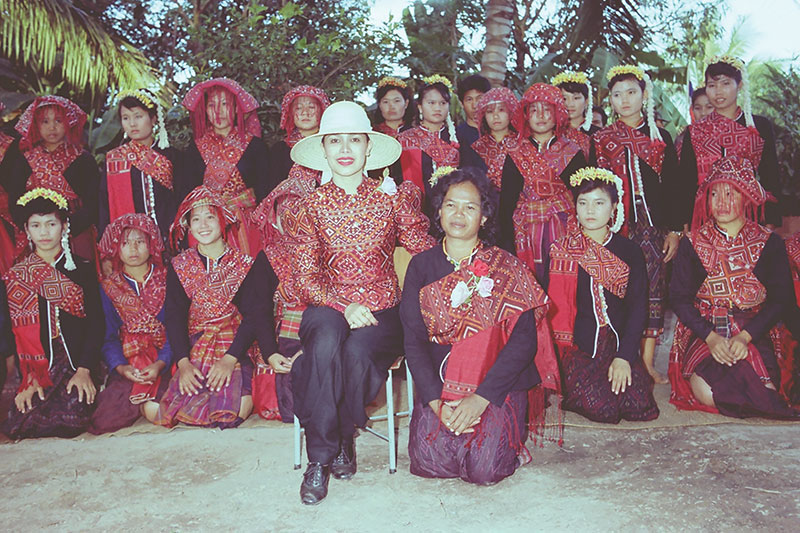
The Mother of Thai Silk
Her Majesty’s tireless support for rural communities and the revival of ancient silk traditions earned her the affectionate title, “The Mother of Thai Silk”. Archaeologists have unearthed evidence that sericulture in Thailand dates back more than 4,000 years, with silk threads discovered alongside bronze bracelets in the prehistoric Ban Chiang culture. Yet, sericulture was only formalised during the reign of King Chulalongkorn (Rama V), who in 1902 invited Japanese experts to help develop the ancient Thai tradition and established the Department of Silk Weaving under the Ministry of Agriculture. However, these efforts dwindled after his reign.
It was not until HM Queen Sirikit intervented that the art of Thai silk flourished once more. Recognising its cultural and economic importance, she spearheaded the creation of the Queen Sirikit Institute of Sericulture in 1976, ensuring that every stage – from mulberry cultivation and silkworm rearing to dyeing and weaving – was nurtured and protected. Her vision extended to preserving native Thai silk strains, natural dyeing methods, and traditional weaving patterns, ensuring a holistic approach to safeguarding this treasured heritage.
In 2012, the Thai people came together to honour Her Majesty on her 80th birthday, bestowing upon her the title “Mother of Thai Silk” in recognition of her extraordinary contributions to the preservation of Thai tradition.

The Queen’s Timeless Threads
A visit to the Queen Sirikit Museum of Textiles, nestled within the Grand Palace compound in Bangkok, reveals the profound legacy of Her Majesty’s vision. The museum’s collection of royal costumes is a glistening testament to the enduring beauty and versatility of Thai silk. Curator Alisa Saisavetvaree notes that younger visitors, who never witnessed Her Majesty’s royal appearances firsthand, are often struck by the elegance and sophistication of the costumes on display.
“They are stunned by how beautiful traditional Thai dress can be,” Alisa explains, “and they leave inspired to incorporate Thai textiles into modern fashion, jewellery, and design.”
The museum’s latest exhibition, “Decades of Style: The Royal Wardrobe of Her Majesty Queen Sirikit”, celebrates Her Majesty’s 90th birthday with a stunning array of ensembles that span the decades. Each garment tells the story of craftsmanship and creativity, interweaving Western influences with traditional Thai design. Curated under the guidance of Her Royal Highness Princess Sirivannavari Nariratana Rajakanya – the museum’s chief curator – the exhibition celebrates not just the Queen Mother’s legacy but the shining future of Thai textile arts.
Princess Sirivannavari, a designer and cultural ambassador in her own right, has taken up the thread of her grandmother’s mission. She champions homegrown textiles through initiatives like “Fun with Thai Fabric”, encouraging designers and artisans to innovate while staying true to their roots. In London, she presented the keynote talk “The Evolution of Chud Thai and the Timeless Craft of Thai Textiles” at “Chud Thai Through the Ages” – an exhibition of Thai traditional dress held during London Craft Week 2025, marking 170 years of Thai-UK diplomatic relations.
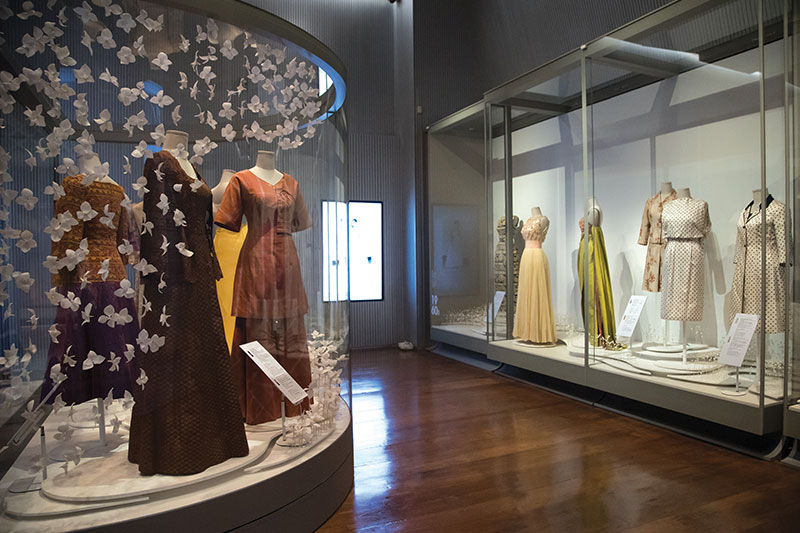
Preserving the Past, Inspiring the Future
The Queen Sirikit Museum of Textiles stands as a beacon of Thai heritage conservation. Every piece in its collection undergoes meticulous documentation and, if necessary, deep-freeze sterilisation to remove any trace of mould or pests before going on display. Fragile items are carefully assessed and, where required, delicately restored to preserve their integrity. The museum’s commitment to conservation ensures that each thread, each motif, and each story is protected for future generations to admire.
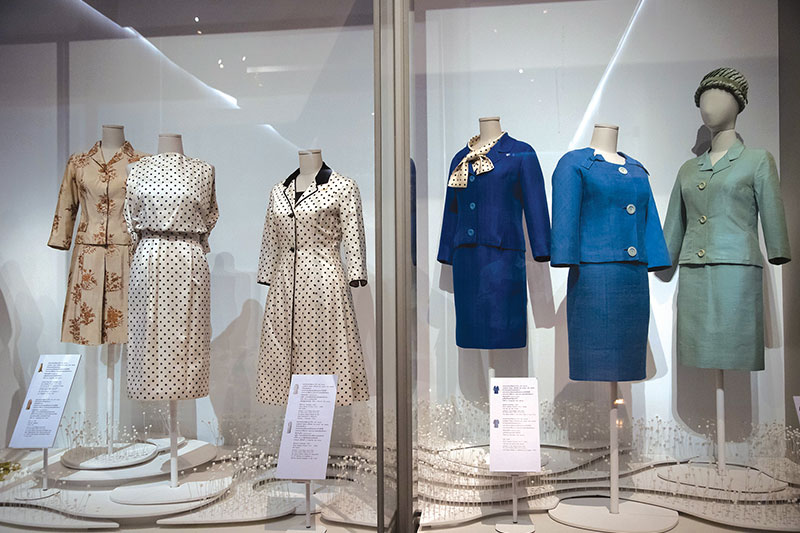
Silk”s Unexpected Ambassador
HM Queen Sirikit’s vision has inspired countless individuals to become ambassadors of Thai silk in their own right. One such figure is Seri Kantajai, founder of the WTH Academy and an advocate for Surin silk from the East of Thailand. His passion was born not of privilege but of adversity: after being fooled into buying fake silk online, he refused to abandon his interest. Instead, he created the Facebook group “Love Surin Silk”, an online community dedicated to sharing and safeguarding the art of Surin silk.
In this digital gathering space, weavers, collectors, and enthusiasts share stories, showcase new patterns, and discuss the craft’s challenge and triumphs – though buying and selling are strictly prohibited. Seri’s journey with Surin silk began over a decade ago when he volunteered with the Surin Tourism Promotion Association. There, he discovered a community of weavers who still use centuries-old techniques to produce their exquisite silk.
“Every time I wear Thai silk,” Seri shares, “I think of the labour and love that go into each piece – from planting mulberries and raising silkworms to the final weave. It’s more than just fabric – it’s a legacy.”
What began as occasional accessories – a scarf, shawl, or even sarong – has now become his everyday attire. He discovered that silk is not only luxurious but also practical: warm in winter, cool in summer, and surprisingly easy to care for.
“Wash it gently or with a little shampoo – silk is protein, like hair,” he advises. “Dry it briefly in the shade, and a hot iron will smooth it perfectly. Interstingly, naturally dyed silk grows more vibrant each time is worn and washed.”
His passion inspired guided cultural trips along Surin’s Silk Road, where he dresses the part, seamlessly blending heritage with contemporary style. In recognition of his efforts, the eastern province’s tourism association named him Surin Cultural Ambassador in 2021.
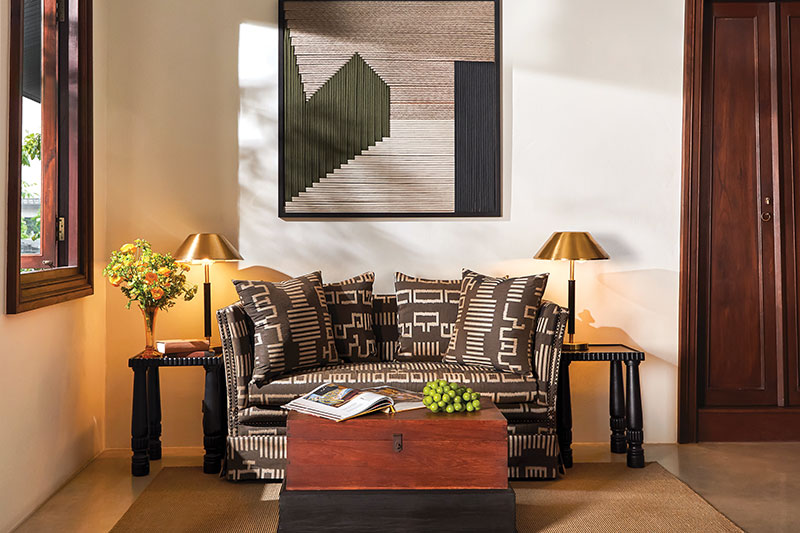
Designing Silk’s Future
Another maestro of modern Thai silk is Vichada “Dao” Sitakalin, Creative Director of home textiles for the famed Jim Thompson marque. Initially trained in interior design at the Rhode Island School of Design, her perspective was transformed when she witnessed the entire production process at Jim Thompson – from silkworm farming and dyeing to weaving.
“Before, I only thought of silk as a design element,” she explains. “But seeing the dedication at every stage made me appreciate its true value.”
In May, Jim Thompson hosted its design and commercial teams from London and the US at its Pak Thong Chai factory. “They were amazed to see how complex the process is,” Dao recalls. “When they went home, they could tell customers exactly why Thai silk is so valuable – every thread has a story.”
A visit to the Queen Sirikit Museum of Textiles cemented that impression. “They told me, ‘Your queen is truly the global ambassador of Thai silk.’ Every royal gown is timeless.”
Dao sums it up perfectly: “Her Majesty devoted her life to creating something of immense value for Thailand. It’s our duty as designers to honour that legacy – to preserve and adapt it for new generations.”
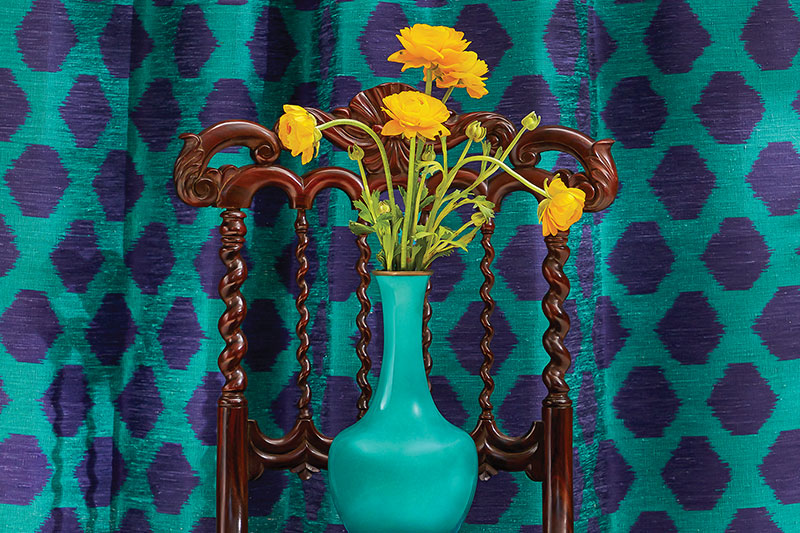
The Story Woven in Silk
The story of Thai silk is, ultimately the story of Thailand itself: a tale of resilience, creativity, and community. From the mudmee skirts of Na Wa’s villagers to the glittering halls of the Grand Palace, every thread is woven with pride. Under the guidance of Her Majesty Queen Sirikit The Queen Mother, what was once humble homespun fabric has become a global emplem of Thai identity.
As Her Majesty herself once said, “If they wove them for the Queen, I would wear them all the time.” Today, that spirit lives on in every piece of silk, in every weaver’s hands, and in every Thai heart that cherishes this precious legacy.
